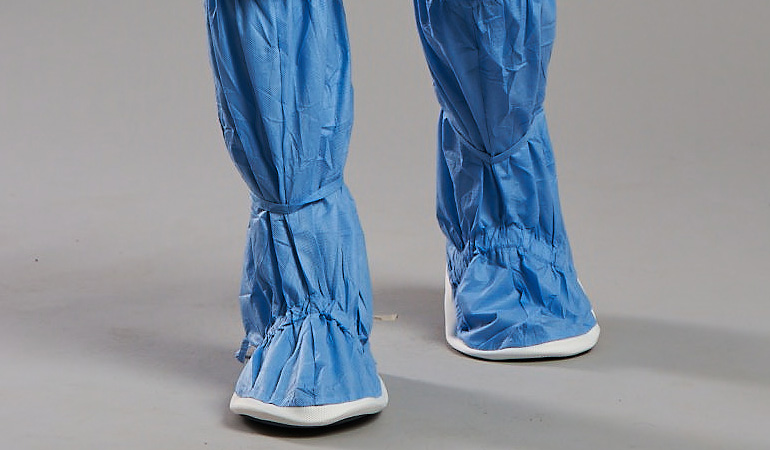Summary of PPE checklist protocol
When it comes to laboratory safety, proper personal protective equipment (PPE) is essential. A comprehensive PPE checklist protocol can help ensure that you have everything you need to stay safe while working in the lab. This guide provides a summary of what to look for when creating your own PPE checklist.
1. Do a “trip” test before putting on your gown (locate the clean area furthest away from you and make sure that all of your movements to get there do not contaminate anything else).
2. Gown up by putting on the gown, then checking for fit (should be fairly snug but comfortable; should NOT feel like it is squeezing your skin anywhere, and should allow you free range of motion without feeling like it’s going to fall off).
3. Gloves by putting on the gloves, then checking for fit (should be tight enough around wrists that they don’t slip down easily, but not squeezing anywhere; should be long enough that 2-3 inches of bare skin are visible between the end of glove and beginning of sleeve).
4. Hood (if applicable) by putting on the hood, then checking for fit (should be snug enough that hair doesn’t get caught in it; should be comfortable and allow you to see clearly).
5. Mask by putting it on (should not touch your chin/neck; elastic band should be above ears; thing flaps should meet under your chin/neck, not on top of it or hanging off to the side).
6. Boot covers by putting on the boot covers (should go over shoes completely so there are no holes; should be long enough that they cover all edges of your shoe completely).
7. Goggles or face shield by putting them on (should be pulled down below your eye level; should allow you to see clearly without any blurriness or focusing problems).
8. Hairnet by putting it on (should fit snugly around head and not hang loosely anywhere).
9. Apron by putting it on, then checking for fit (should be snug but not squeezing anywhere; should overlap front of gown, not be worn only on the shoulders).
10. Gloves by putting on the gloves (should cover all skin between your wrist and where your sleeve ends; fingers should overlap each other slightly when hands are at rest in your lap or at your side.
Whether you’re a first-time or experienced user, learning the PPE protocol is an important step in your safety. We hope that by reading this post, you have gained insight into what to expect when it comes to personal protective equipment and how best to prepare for any emergency situation. If you need assistance with anything at all related to personal protection gear, please don’t hesitate to reach us.
